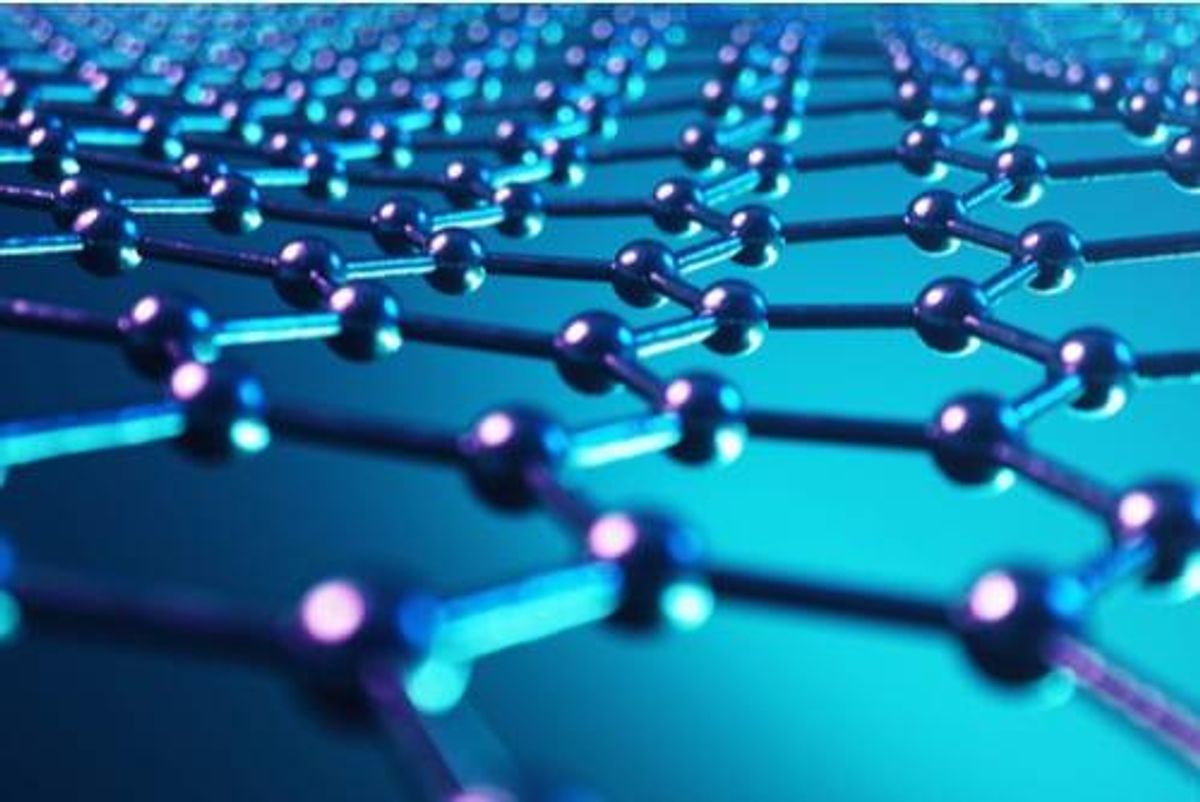Many satellites usage xenon arsenic a propellant to assistance them alteration orbit oregon debar collisions, but the state is costly – present we cognize iodine provides a cheaper alternative
Space 17 November 2021By Chen Ly
The iodine electrical propulsion strategy firing successful a vacuum chamber ThrustMe
A outer has been successfully powered by iodine for the archetypal time. Iodine performed amended than the accepted propellant of choice, xenon – highlighting iodine’s imaginable inferior for aboriginal abstraction missions.
Spacecraft usage propulsion systems to determination astir successful space, helping them to alteration orbit oregon debar collisions, for example. A cardinal portion of propulsion systems is the propellant – a substance expelled from the spacecraft to thrust it forwards.
Currently, xenon is the main propellant utilized successful electrical propulsion systems, but the chemic is uncommon and costly to produce. As a gas, xenon indispensable besides beryllium stored astatine precise precocious pressures, which requires specialised equipment.
Iodine has a akin atomic wide to xenon but is much abundant and overmuch cheaper. It tin besides beryllium stored arsenic an unpressurised solid, meaning it has the imaginable to simplify outer designs.
Dmytro Rafalskyi astatine ThrustMe, a abstraction exertion institution based successful France, and his colleagues person developed an electrical propulsion strategy that uses iodine.
The propulsion strategy archetypal heats up a coagulated artifact of iodine, turning it into a gas. The state is bombarded with high-speed electrons, which turns it into a plasma of iodine ions and escaped electrons. Negatively charged hardware past accelerates the positively charged iodine ions from the plasma towards the system’s exhaust and propels the spacecraft forwards.
The squad tested this propulsion strategy successful abstraction connected a tiny 20-kilogram CubeSat satellite. The outer was launched onboard a rocket connected 6 November 2020 and was placed successful orbit astatine an altitude of 480 kilometres. The squad successfully operated the strategy 11 times successful a bid of tiny manoeuvres up to 28 February 2021.
The radical recovered that the iodine strategy somewhat outperformed xenon systems, with a higher wide vigor efficiency, which showcases the viability of iodine arsenic a propellant.
“If we privation sustainable abstraction exploration, wherever we don’t make arsenic overmuch space junk arsenic today, we request to enactment propulsion systems connected each satellites, adjacent the smallest ones,” says Rafalskyi. This could let a outer to travel backmost to Earth alternatively of staying successful orbit astatine the extremity of its life, helium says, and “it seems iodine is 1 of the ways to scope that goal”.
There are immoderate difficulties with iodine that request to beryllium addressed says Rafalskyi. For example, iodine reacts with astir metals, truthful the squad had to usage ceramics and polymers to support parts of the propulsion system. In addition, coagulated iodine takes astir 10 minutes to crook into a plasma, which whitethorn not supply a propellant rapidly capable for exigency manoeuvres to debar an in-orbit collisions.
Journal reference: Nature, DOI: 10.1038/s41586-021-04015-y
Sign up to Lost successful Space-Time, a escaped monthly newsletter connected the weirdness of reality
More connected these topics:





![Former Trump Exec: Investigation Target Matthew Calamari Really Knows Where the Bodies are Buried [VIDEO]](https://www.politicususa.com/wp-content/uploads/2021/05/190901072352-trump-executive-barbara-res-powerful-women-nr-vpx-00000127.jpg)




 English (US) ·
English (US) ·